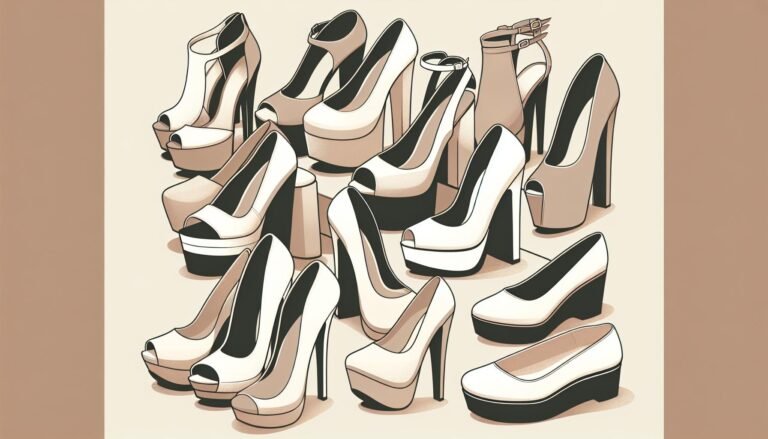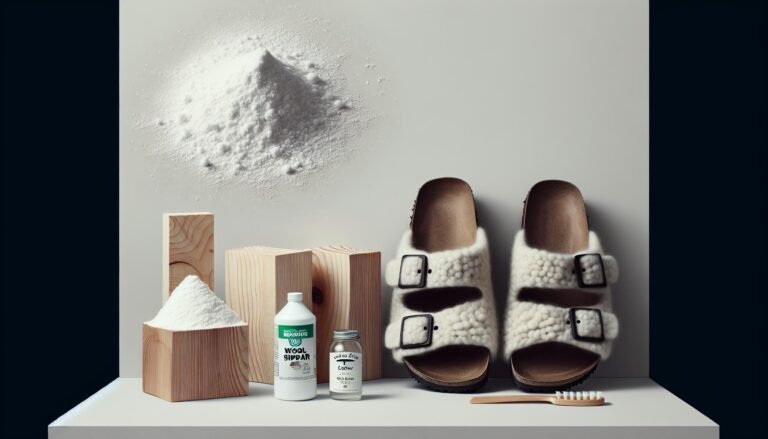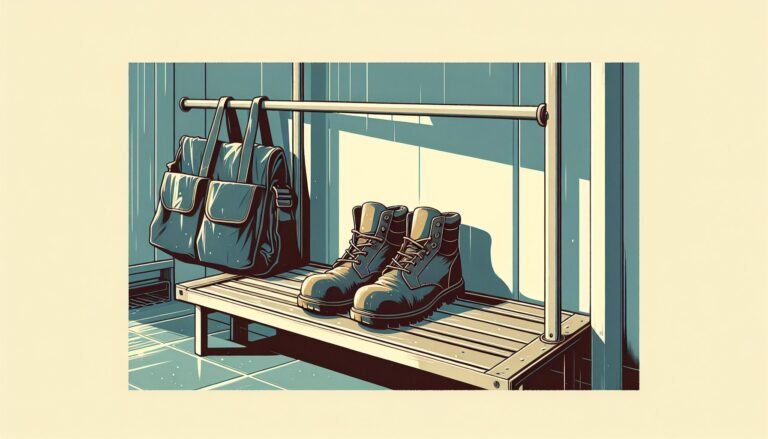What Do Prison Shoes Look Like? A Comprehensive Guide to Inmate Footwear
Ever wondered what inmates wear on their feet behind bars? Prison shoes, often overlooked, play a crucial role in the daily life of an inmate. These shoes aren’t just about comfort; they’re designed with specific purposes in mind, from durability to security.
Prison shoes typically have a uniform appearance, reflecting the institution’s need for practicality and control. They’re usually made from tough materials to withstand harsh conditions and frequent use. Understanding the design and functionality of these shoes offers a glimpse into the structured and regulated world of prison life.
Key Takeaways
- Uniform Appearance and Robust Materials: Prison shoes are known for their tough, durable design and neutral colors, reflecting the need for practicality and control within correctional facilities.
- Types of Footwear: Inmates typically wear slip-on canvas shoes or durable sneakers, both designed to balance comfort with security and made from materials like canvas, synthetic leather, and rubber.
- Safety and Security Features: Prison shoes lack removable parts, metal elements, and have slip-resistant soles to prevent misuse and reduce fall risks, ensuring a secure environment.
- Comfort and Practicality: Designed with cushioned insoles and lightweight materials, prison shoes aim to offer comfort for long hours of daily wear, supporting inmates’ physical well-being and reducing potential tensions.
- Key Differences from Regular Shoes: Unlike diverse regular footwear, prison shoes have a simplistic and uniform design without intricate details or metal parts to maintain functionality and safety.
- Impact on Inmate Behavior: Properly designed prison shoes can contribute to a safer and more stable environment by minimizing physical discomfort and promoting equality, potentially reducing conflicts and unrest among inmates.
Overview of Prison Footwear
Types of Shoes Worn in Prisons
In most correctional facilities, inmates typically wear standardized footwear, such as slip-on canvas shoes or durable sneakers. Slip-on canvas shoes, often made of cotton or polyester, are easy to produce in bulk and have minimal choking hazards. These shoes are usually lightweight and come in neutral colors like black, white, or brown. Durable sneakers, though similar in function, offer better support and are often used by inmates during physical activities. Both types share a uniform look, focusing on practicality and safety.
Materials and Design Features
Prison shoes often use robust materials to withstand harsh conditions. Common materials include tough canvas, synthetic leather, and rubber. Canvas provides breathability, while synthetic leather offers durability without the high cost. Rubber soles are standard for grip and longevity. Both canvas shoes and sneakers feature reinforced stitching and seamless designs to prevent tampering and prolong usage. Design features also prioritize security, with shoes typically having no laces or removable parts to mitigate safety risks. The overall construction ensures the footwear serves its purpose while maintaining a controlled environment.
Functionality of Prison Shoes

Safety and Security Considerations
Prison shoes prioritize safety and security to prevent misuse. They feature slip-resistant soles to reduce falls on slick surfaces, lowering injury risks. Shoes often lack metal parts to prevent their use as weapons or tools for escape. Despite being secured, shoes remain easy to inspect due to their minimalistic and open designs, ensuring inmates cannot conceal contraband within them.
Comfort and Practicality
Inmates spend considerable time on their feet, so prison shoes emphasize comfort and practicality. Shoes incorporate cushioned insoles to provide comfort during long hours of wear. Lightweight materials prevent fatigue, and adjustable closures accommodate different foot shapes and sizes. Durability is crucial, as shoes must withstand daily wear and activities without frequent replacements.
Comparing Prison Shoes With Regular Shoes

Key Differences in Design and Material
Prison shoes differ significantly from regular shoes in their design and material. Regular shoes often incorporate a variety of materials like leather, suede, and mesh, while prison shoes typically use durable canvas or synthetic leather to withstand harsh conditions. Regular shoe designs are diverse, featuring various styles suitable for different activities and aesthetics, but prison shoes maintain a uniform, practical design to ensure functionality and safety within correctional facilities.
Regular shoes may include intricate details or metal parts such as eyelets and zippers, which are common in many styles. However, prison shoes avoid these components to prevent potential misuse. Insoles in regular shoes can vary in comfort level, catering to specific foot types and user preferences, whereas prison shoes prioritize durability and basic comfort, using cushioned insoles that support inmates who spend long periods on their feet. This streamlined design ensures that prison shoes meet the unique demands of the correctional environment.
Impact on Inmate Behavior
The design and comfort of prison shoes can directly impact inmate behavior. Inadequate footwear could lead to discomfort, causing irritability and increased tension among inmates. Conversely, prison shoes designed with comfort in mind can contribute to better physical well-being, which may reduce instances of unrest or agitation within the correctional facility.
Prison shoes help maintain a controlled environment by minimizing the risk of injury with their slip-resistant soles. This attention to safety can foster a sense of security among inmates, possibly influencing their behavior in a positive manner. furthermore, the uniform appearance of prison shoes eliminates any hierarchies or distinctions based on footwear, promoting equality among inmates and reducing potential conflicts stemming from personal possessions.
The presence of adjustable closures in prison shoes facilitates easier wear, reducing frustration and fostering a more stable environment. By focusing on durability and practicality, prison shoes effectively support inmates’ daily activities and contribute to the overall safety and order within correctional facilities.
Conclusion

Prison shoes play a crucial role in the daily lives of inmates, balancing durability, security, and comfort. Their design and materials are specifically chosen to meet the unique demands of correctional facilities. Comfortable footwear can positively impact inmate behavior and well-being, contributing to a safer and more orderly environment. By promoting equality and supporting daily activities, prison shoes are essential in maintaining a controlled and functional prison setting.
Frequently Asked Questions
Why are prison shoes important?
Prison shoes are critical because they ensure durability, security, and comfort for inmates, which contributes to a safe and controlled environment within correctional facilities.
What materials are commonly used in prison shoes?
Prison shoes are typically made from durable canvas and synthetic leather to withstand rigorous daily use and enhance security.
How do prison shoes differ from regular shoes?
Prison shoes differ from regular shoes in their design, focusing on durability and practicality. They often use tougher materials like canvas and synthetic leather and lack removable parts to prevent misuse.
Can comfortable prison shoes impact inmate behavior?
Yes, comfortable prison shoes can positively impact inmate behavior by improving physical well-being, reducing tension, and fostering a more manageable environment.
How do prison shoes promote equality among inmates?
Prison shoes promote equality by providing uniform footwear, eliminating status symbols, and ensuring that all inmates have the same standard of comfort and safety.
What role do prison shoes play in daily activities?
Prison shoes support daily activities by offering adequate protection, enhancing safety, and helping maintain order within the correctional facility.












